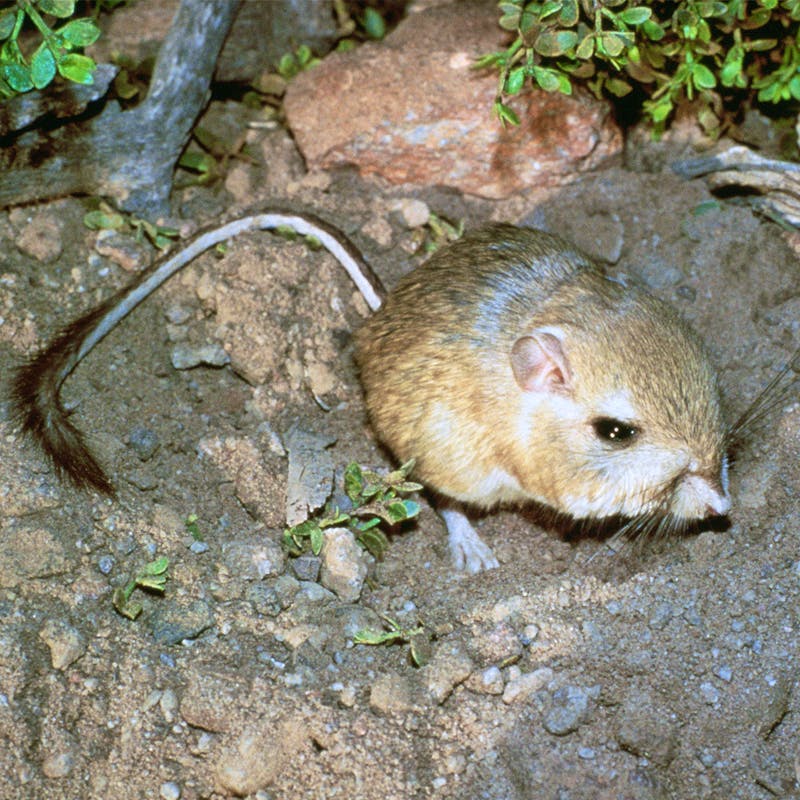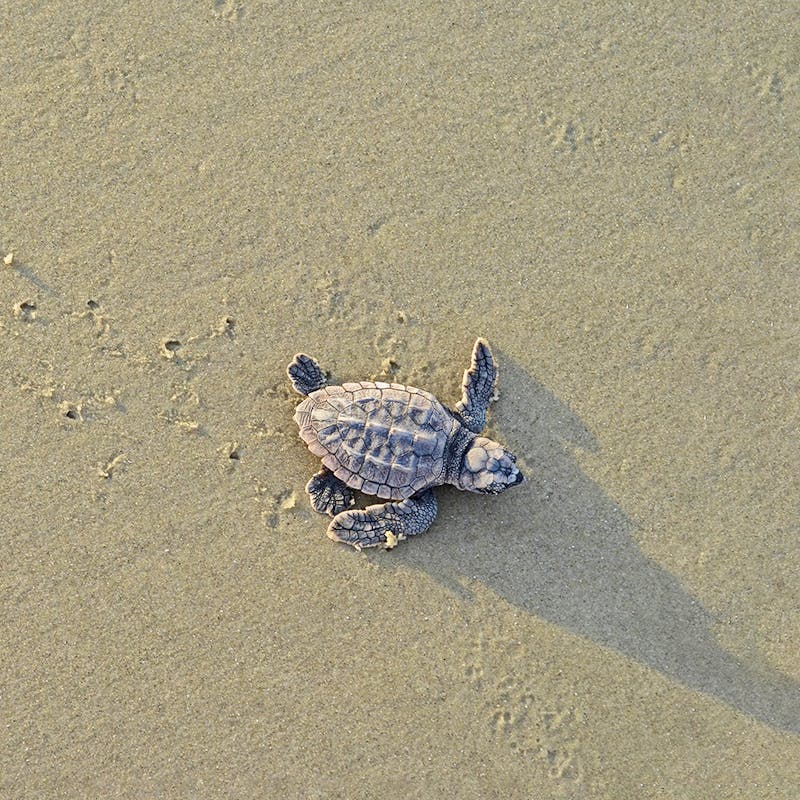For many, winter weather may have you heading south, wishing for an expanse of white sand rather than endless snow — and maybe a little less shoveling. For critters like the endangered St. Andrew beach mouse, that sandy, coastal dunes habitat along the Gulf of Mexico that many of us long for is exactly where it makes its home. While that may sound lovely, the popularity and subsequent degradation of its natural habitat because of tourism and climate change are major reasons why the mouse is on the list of endangered species. And the plight of the mouse — like that of the other 1,600 species listed under the Endangered Species Act (ESA) — are why we in the Center for Conservation Innovation (CCI) are developing next-generation tools to monitor how much habitat is available and how much is being lost.
The ESA is often considered one of the strongest laws in the world for wildlife conservation, in part because of the prohibition against harming endangered animals (and plants in certain cases). While this provision is integral to the ESA, a certain amount of harm of listed species can be authorized by the government’s wildlife agencies. The ability for the ESA to be flexible in this regard is one of its great strengths — it provides the assurance that if a certain amount of unintentional harm is done to a species during development projects, the developers have not violated the ESA. But this flexibility within the ESA can only work if they keep track of the amount of harm they allow — a little may be okay, but too much could doom the species. With modern databases and programming, it’s pretty easy to make sure that we have real-time records of how much harm is being authorized. However, despite the importance of tracking how many individuals of a population are harmed, it is frequently not done. For example, research at CCI showed that neither the U.S. Fish and Wildlife Service nor the National Marine Fisheries Service, the two Services that implement the ESA, tracked how much harm had occurred for sea turtles when assessing projects in Florida (Evansen et al., 2017). This is bad news for endangered species — when harm is not tracked, the Act cannot be implemented as intended.
Here at CCI, we’re working to develop methods to help the Services track this harm, to ensure that we don’t jeopardize the existence of a species and instead put them on the road to recovery. One method we’re exploring is a web app that would allow species biologists to record authorized harm online, allowing for up-to-date information on species to be easily accessed and shared. We’re also using satellite data to determine where storms like Hurricane Michael have washed away the coastal dunes that the St. Andrew beach mouse calls home or monitoring whether people are complying with the ESA by getting the appropriate permits (Malcom et al., 2017). These tools will assist the Services in their mission to conserve endangered species and their ecosystems. Though tracking harm and monitoring habitat loss can be challenging, with new these new technologies, it can — and should — be done. The very existence of threatened and endangered species, like the St. Andrew beach mouse, depend on it.







